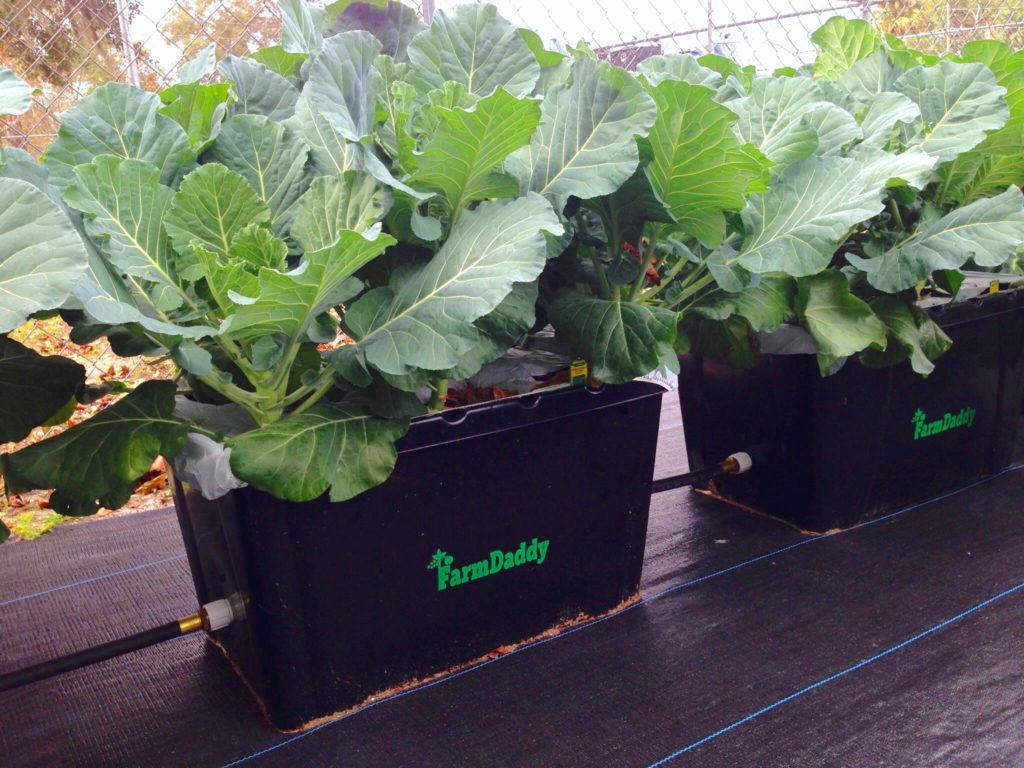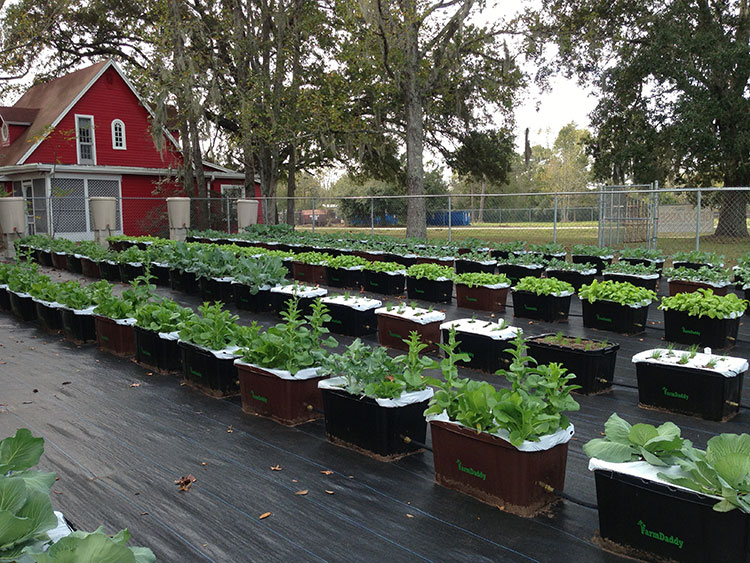3 Common Container Gardening Mistakes
I can’t count how many failed crops I’ve had in my container gardening efforts. Sure, I’ve been able to grow lettuce and spinach in the early spring, but my peppers wilted and my tomatoes died before I had much of an opportunity to harvest.
You’d think with a successful 3,000 square foot garden, both in the ground and in raised beds, I could figure out container gardening. But it turns out, growing vegetables, fruits, and herbs in containers isn’t as easy as one would think.
Many beginning gardeners choose to begin their garden journey with containers, for good reason. They are generally less work, you can start small, and containers on your back porch give you easier access to your plants than you might get in a garden plot.
Because so many people want to learn how to grow vegetables in containers, I spoke to an expert in container gardening. In this episode of the Beginner’s Garden Podcast and in the post below, he shares the most common container gardening mistakes he sees as well as how to prevent them.
Click below to listen to my interview with Randy of FarmDaddy.com or continue reading.
Links below may contain affiliate links.
3 Biggest Mistakes People Make When Growing In Containers:
- Planting Crops in a season not conducive to the plant
- Overwatering and underwatering
- Planting too many plants in one container.
1. Planting Crops in the Wrong Season
Because container plants are naturally more sensitive to outside temperatures because they do not benefit from the natural insulation of garden soil, container gardening requires precise attention best growing seasons of particular plants.
For example, cool-weather crops like spinach, lettuce, greens, and peas should be planted in the very early spring or fall. When the weather warms up in late spring and summer, the soil in these containers will heat up more quickly, causing these plants to bolt.
Conversely, planting heat-loving plants like tomatoes and peppers in containers too early in the spring will cause their growth to stunt because of the cool nighttime temperatures. As nighttime temperatures begin to rise, however, these plants will likely grow faster than their counterparts in the garden because the soil warms up quicker.
2. Over- and Under- Watering Container Plants
Growing vegetables in containers requires more attention to watering. Containers demand more frequent watering than garden beds, especially in the heat of the summer.
But how do you know how often you should irrigate your containers? Most gardeners water their container vegetables daily, even twice per day in the hottest days. As you can imagine, this can get time-intensive, and if you miss a couple of days your plants could die. And what if you have to go on vacation?
Also, you may not know how much water you need to add — and this amount fluctuates based on season, crop, rainfall, and temperature. That’s why a self-watering container system takes the fuss and headache out of the biggest mistake people make when gardening in containers.

3. Planting Too Many Plants in One Container
Another common mistake gardeners make in their container gardens is planting too many plants in one container.
Because containers have a limited amount of space, they also have a limited amount of nutrients available. When plants compete for those nutrients, they all suffer stunted growth and less yield.
Though it may surprise you, fewer plants per container equals more yield.
How to Determine What Size Container is Needed for Specific Plants
- Use general recommendations for planting in the ground, but you can plant a bit closer together in containers. (Example: 1 pepper plant per 5-gallon container)
- Experiment to see what size works bets for which crop
- Containers should be a minimum of 10″ deep for most vegetables. Exceptions would be shallow-rooted crops, light-feeding crops like lettuce, which can grow in more shallow containers.
Ideal Growing Medium
Potting MIX is the ideal growing medium for containers. Garden soil is too heavy, not allowing for proper drainage. Ideal potting mix will contain a combination of substances such as peat moss, perlite, and pine bark.
Fertilization Requirements
In a typical container garden, where excess water can drain out the bottom — a requirement to prevent plants from drowning from heavy rains or over-ambitious watering — supplemental fertilizer will be necessary for container vegetables to maintain a healthy growth.
However, plants in self-watering containers actually require less fertilization because the nutrients won’t leach out of the container.

Tell me your experience with container gardening in the comments below!
To purchase a FarmDaddy Container, click here.
More information on Randy’s FarmDaddy Container Gardening System can be found here.
Do you get overwhelmed with garden planning?

Subscribe here for my best tips to plan your garden in just 7 days -- all for FREE.
Plus, I'll send you my "In the Garden E-mail" on Fridays, periodic updates on garden resources relevant to you, and you'll receive access to my entire bank of free garden downloads!
You are also agreeing to our privacy policy.


I’ve learned that deeper pots are better. You need to learn what needs a deep rooting (tomatoes) versus what can tolertate a shorter rooting (lettuces, some peppers, some peas/beans—some thing you can go with a shallower but wider planter, as long as the roots have somewhere to go) And yes to potting soil, altho you can make your own (mr. google can help you there). As far as how many plants per pot, I usually aim for one vegetable with a companion marigold, for the most part (or a companion herb would work too). I experiment with a variety of lasagna/raised beds and container gardening every year. This year, I have a tomato, basil and marigold in a 5 gallon bucket that I have high hopes for (I grew snap peas in the same bucket last year, so I’m hoping that nitrogen fixing is beneficial).I would suggest if you use the same containers, you rotate your plants just like you would in the ground. Another thing I do, is I add worms from my garden bed to each container. If you don’t have access to worms, worm castings might be helpful. And while I do reuse the same soil from last year, I do add fresh potting soil as well. I also use a water based fertilizer with my container plants at least once a week or two (well, maybe that often, if I remember!) in addition to a time released fertilizer added to the soil when planting. I’m no expert, but those are the tips I can share!
Great tips, thank you!